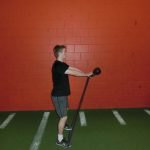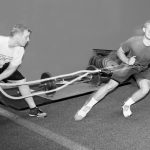4 Qualities of Optimizing Strength: Part 2-Yielding Strength
At F2P we believe a well-designed performance training program should center around sport specific movements, increasing an athlete’s efficiency and ability. When looking at the majority of sport movements there are 4 qualities that work together to optimize strength for those movements. The first quality is Eccentric Ability, how well does your muscle work like a rubber band when stretching. The second is Yielding Strength, how well does your body resist/absorb force to be stable. The third is Reactive Strength, what is your muscle’s ability to go from a stretching action to a shortening action. And the fourth quality is Rate of Force Development (RFD), how fast and with how much force can your muscles create movement. One thing to note is all of this is joint and body specific, and will always happen. We are trying to make each quality more efficient thus making the athlete more explosive, powerful, and safer.
This blog post will focus on “Yielding Strength”.
Yielding Strength is the ability to withstand and not allow excess movement of joint angles due to the opposing forces that act on the joint. This is often referred to Eccentric Strength as well. In part one we talked about Eccentric Ability in athletic movements; Yielding Strength is the action the body goes through right after that. After the muscle goes through the stretching action, in order for the stored energy to be efficiently used the body has to resist excess movement or the stored energy will be lost. In the performance training world, there is a lot of talk about deceleration training, this is the type of strength you need to do that efficiently. To illustrate how and when this takes place in athletic movements I’ll give you two examples.
The first example is a cutting action. As athletes go into their change of direction movement the quicker they can stabilize that movement, the faster they can reaccelerate. This may seem obvious or easy to do until we look at what is trying to be accomplish when putting on the breaks or slowing down. The athlete needs to be setting themselves up in an efficient position to accelerate out of the cut as well as using as much speed as possible for the cutting action. In other words, you should be coming into a cutting action with more speed and the position you get into should be setting you up for optimal acceleration patterns coming out of the break. Thus, it is extremely important to train stabilizing in those positions without allowing excess movements like weight shifting.
The second example is when the body has to go through a sequencing pattern, such as in rotational movements like a swing or a throw. Take for instance a swing. As the hips start to turn, the midsection and upper body must resist the forces placed on them so they will not turn at the same time. This is important because if the midsection and upper body can resist turning, they will store energy to be used for greater power output. This shows the importance of training for yielding strength not just in total body actions, but also in specific actions when needed to optimize force transferring and body sequencing.
When looking at improving athletic performance an often overlook and misunderstood strength quality is Yielding Strength. Although this action is displayed in a fraction of the movement in competition, it is one the most important to be trained for performance. The quicker and/or more optimal you can stabilize the movement the better you will be able to accelerate the proceeding action, whether it be a cutting action or action between body segments in rotational movements.





